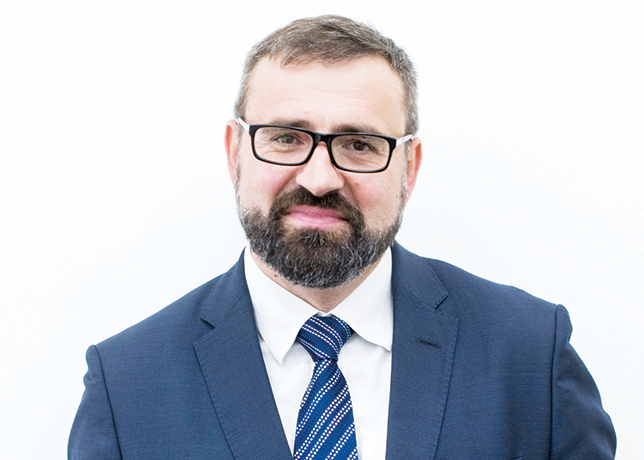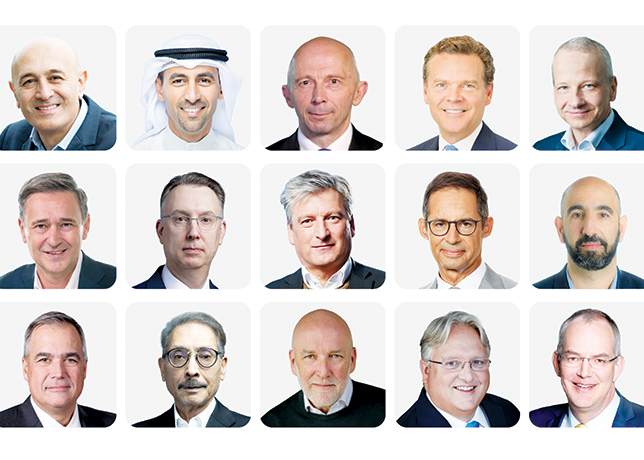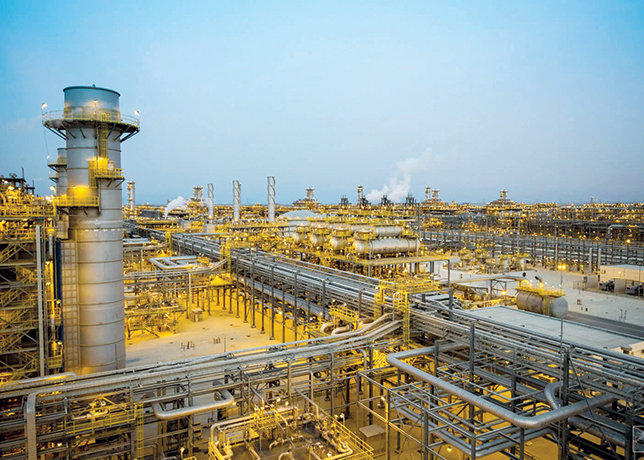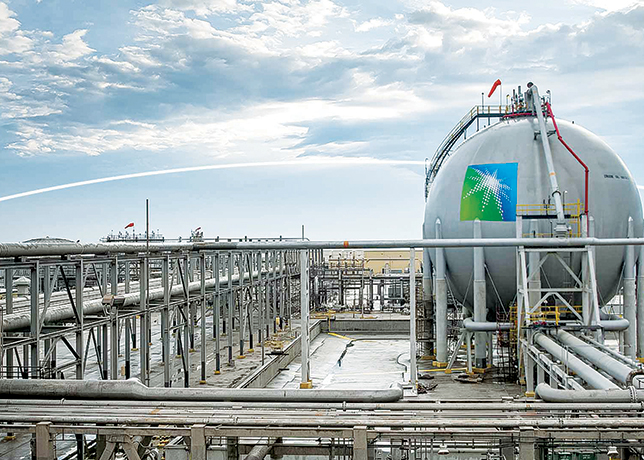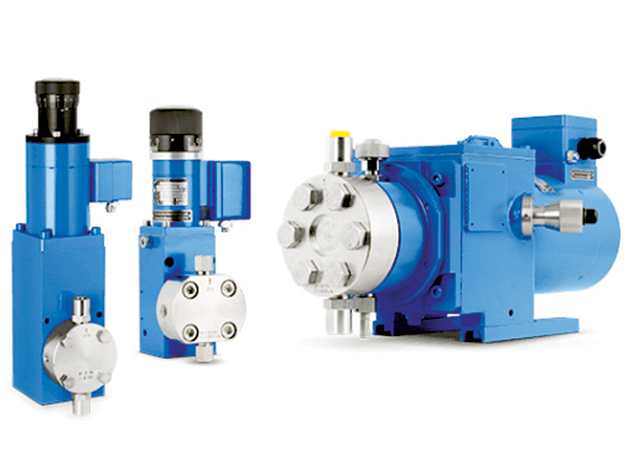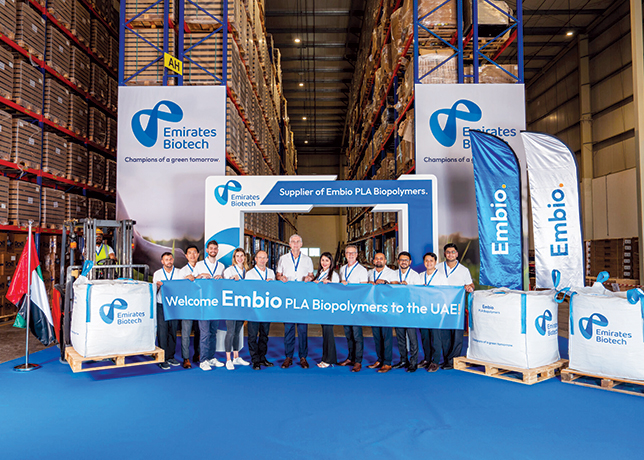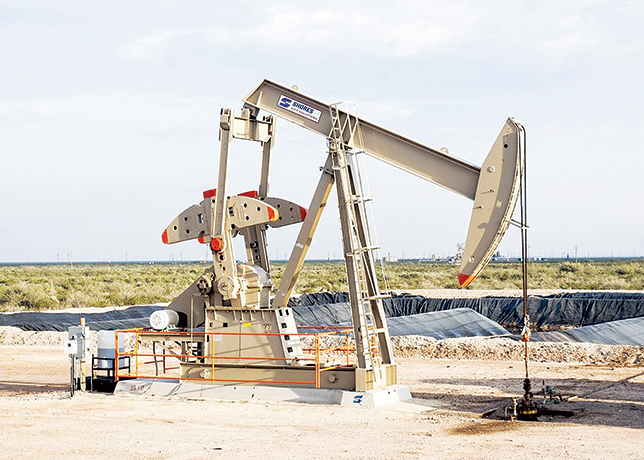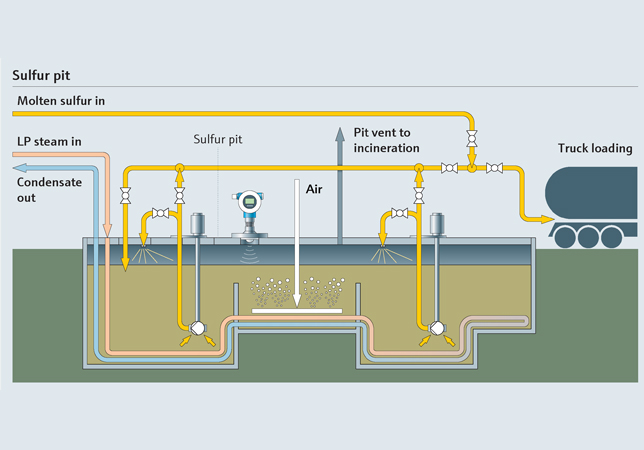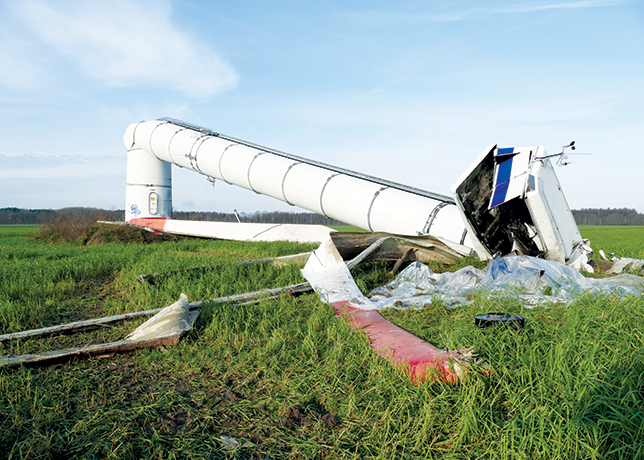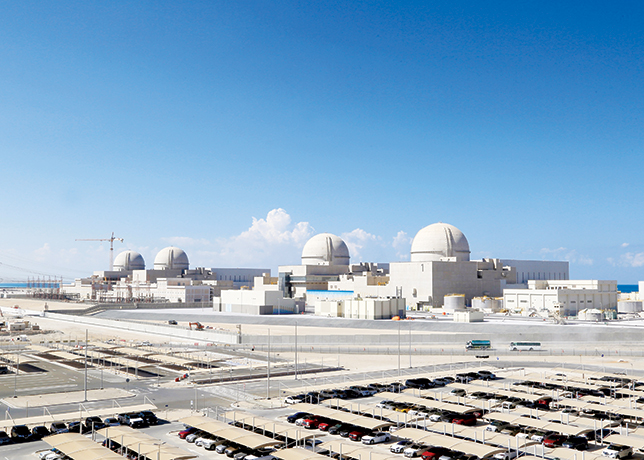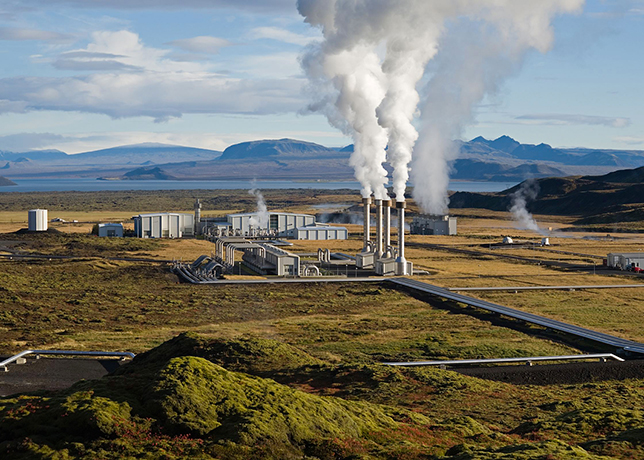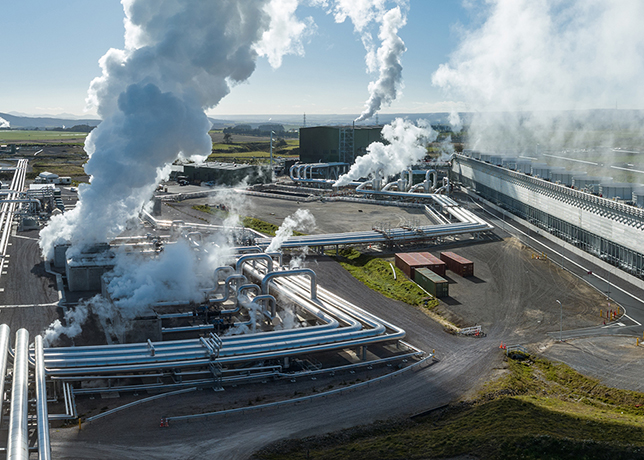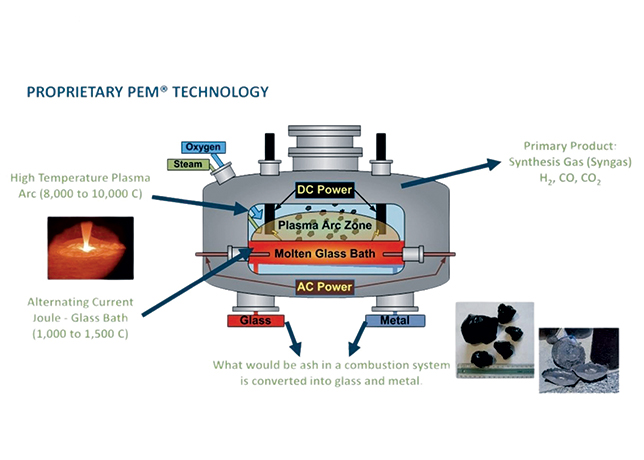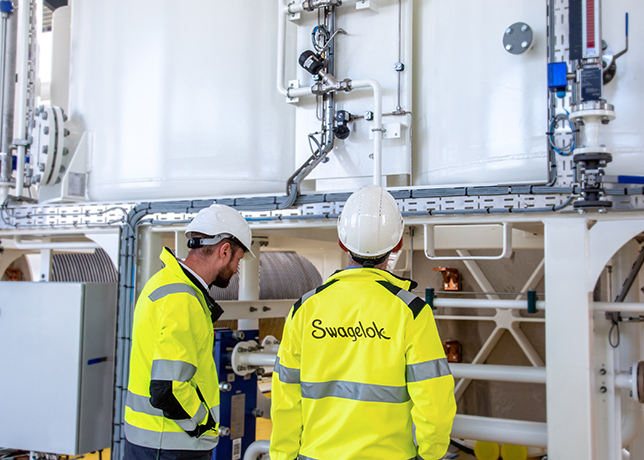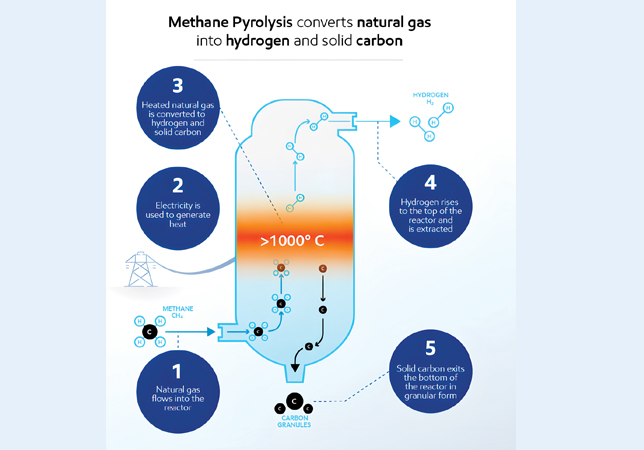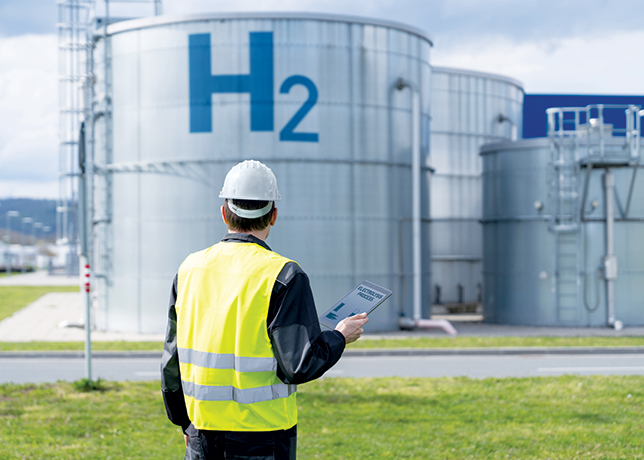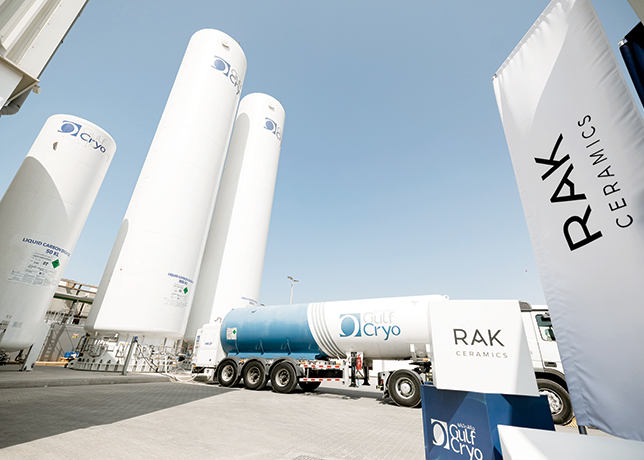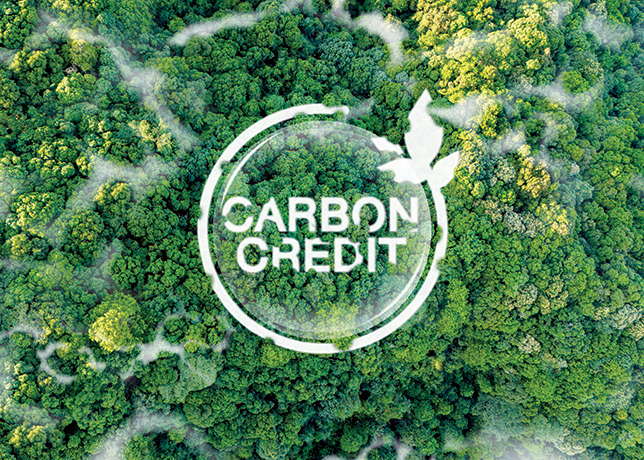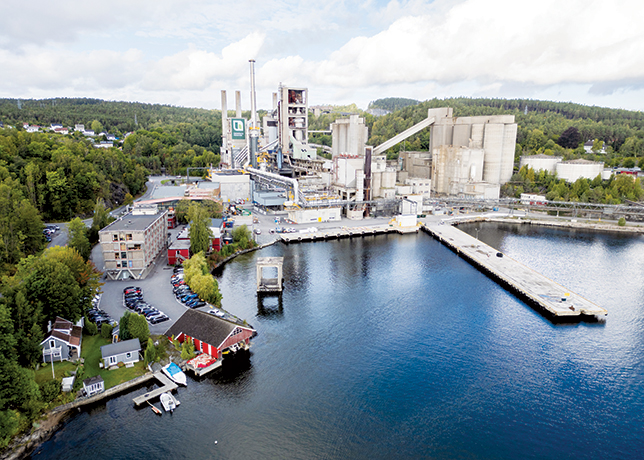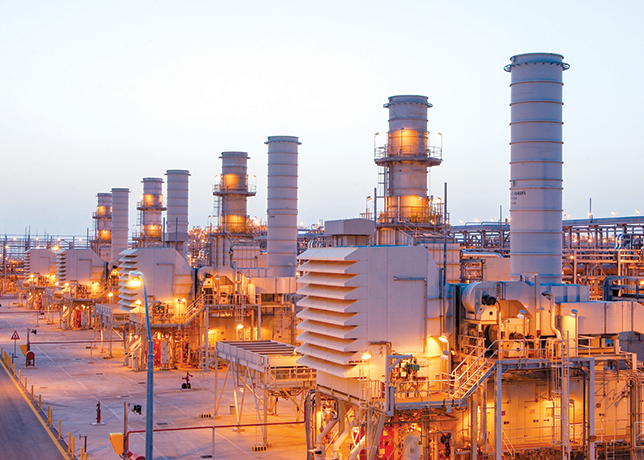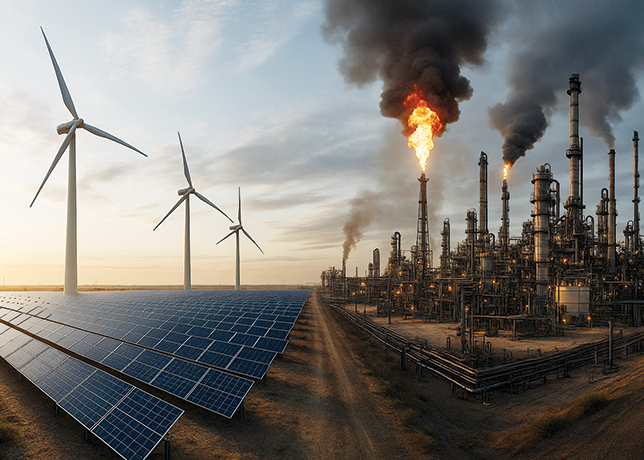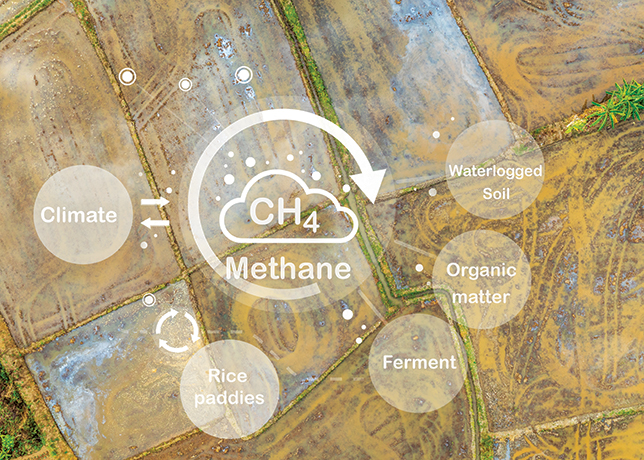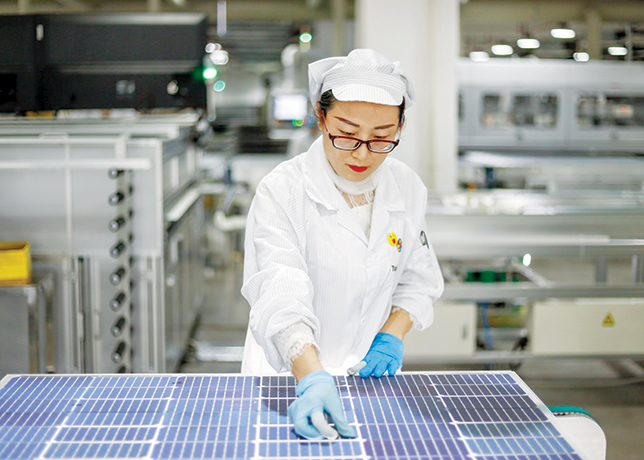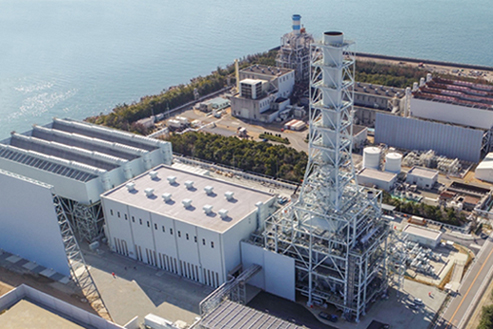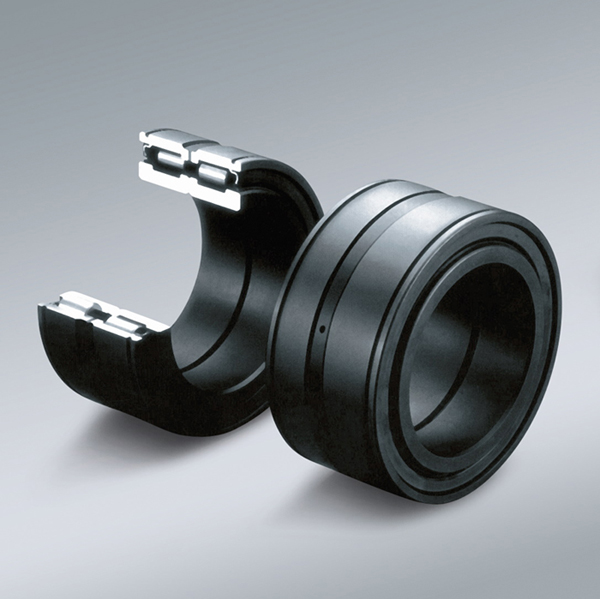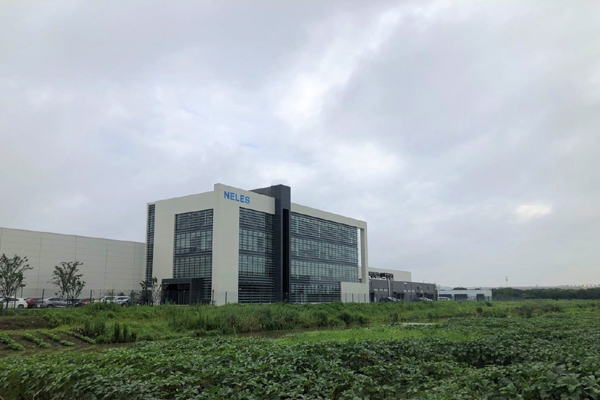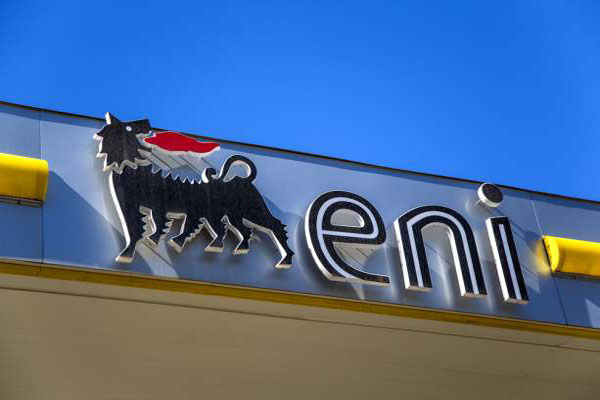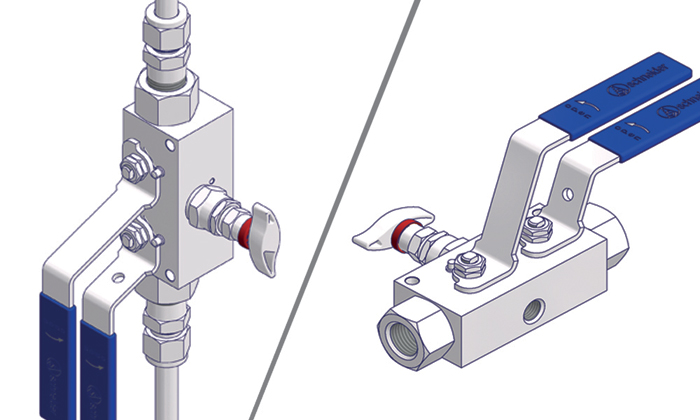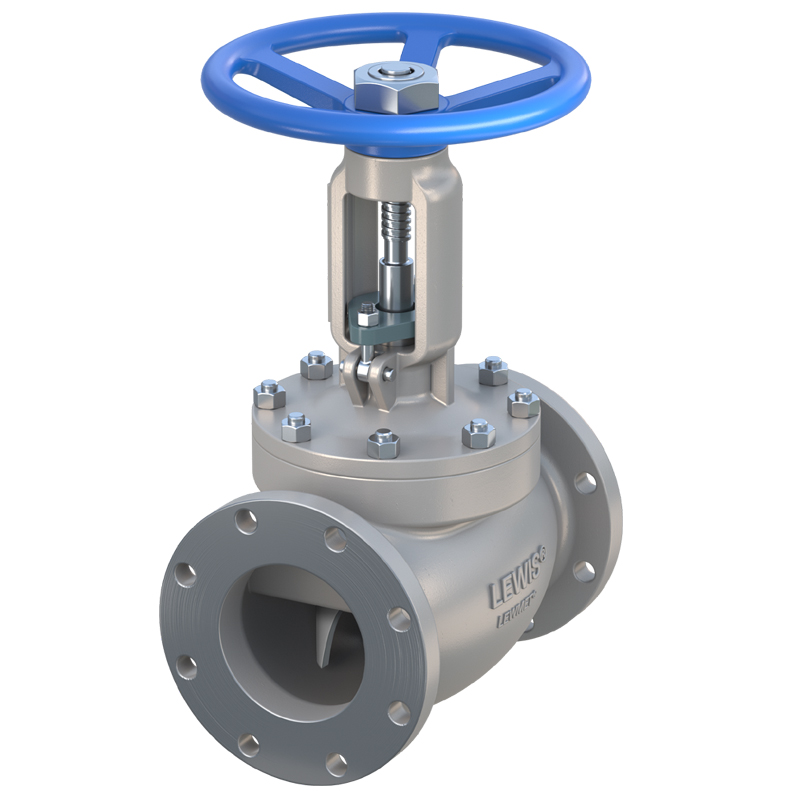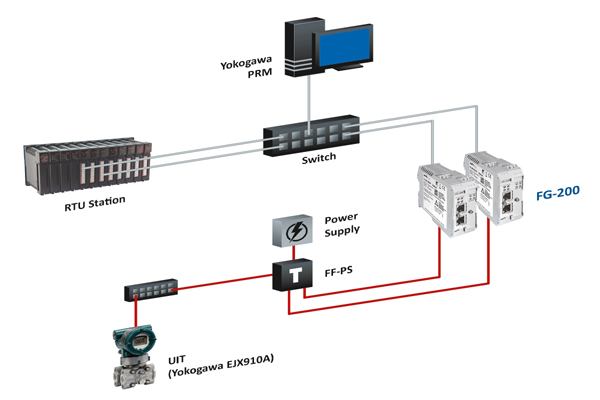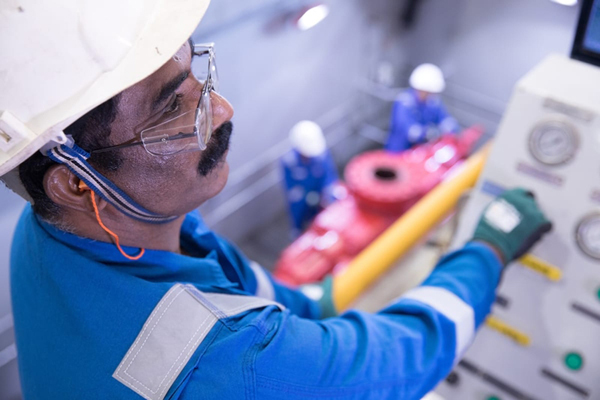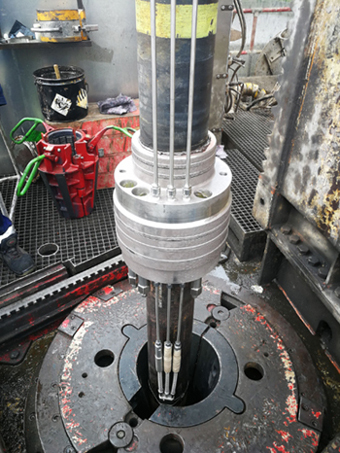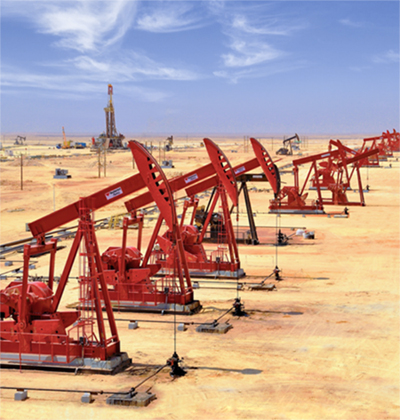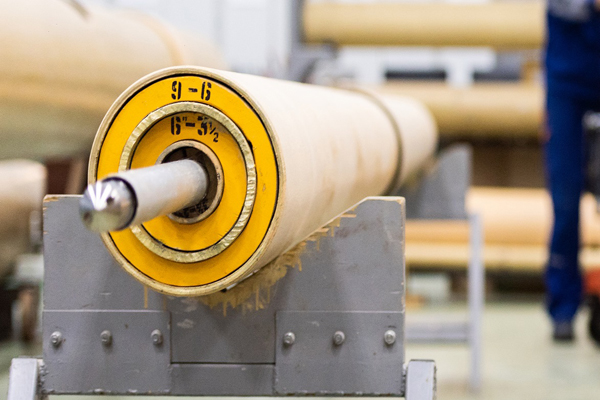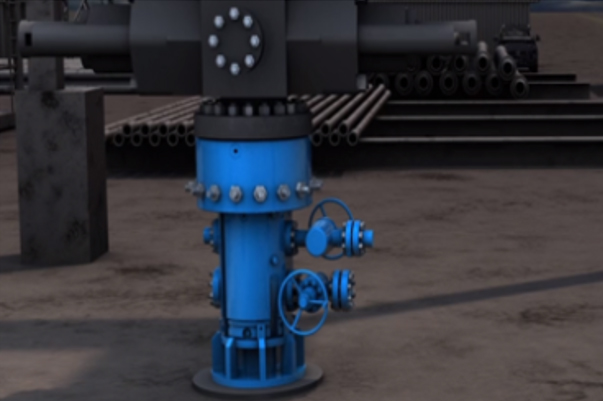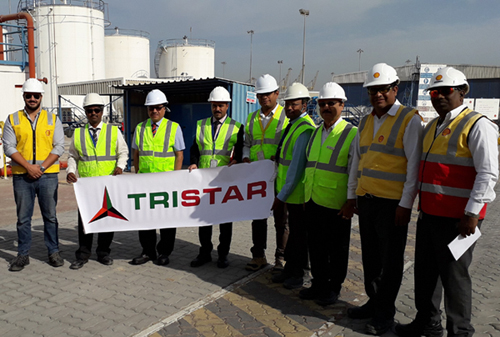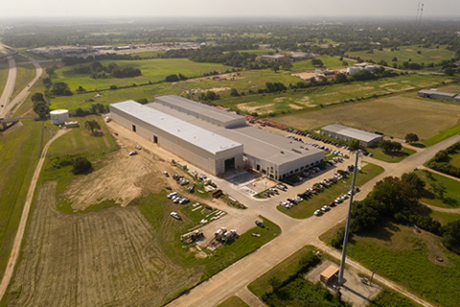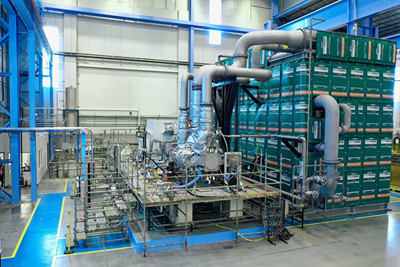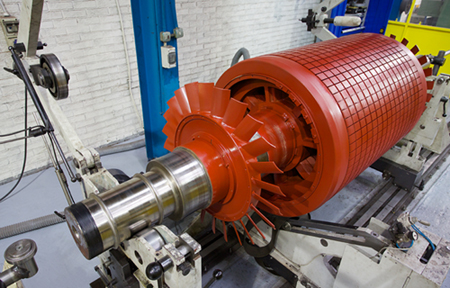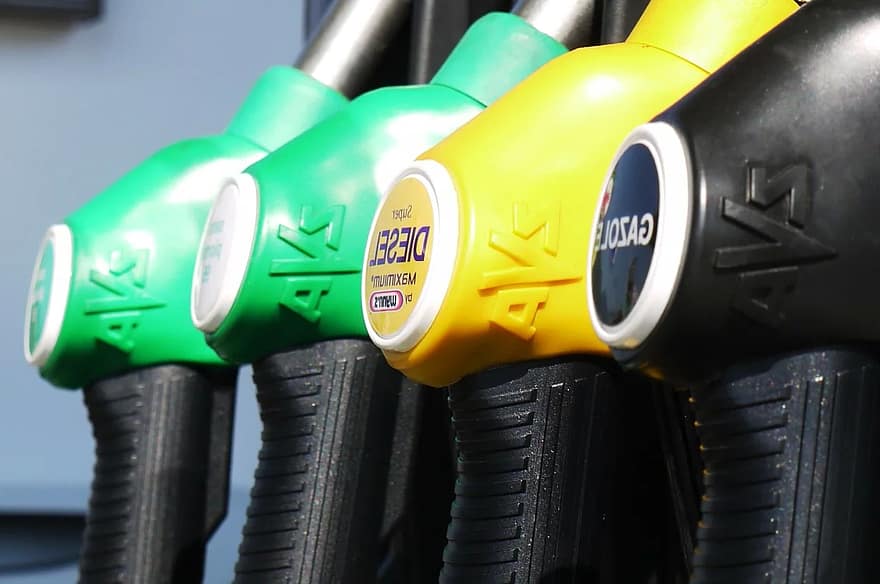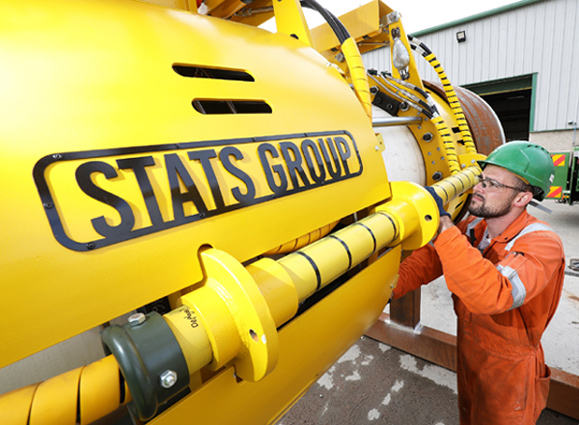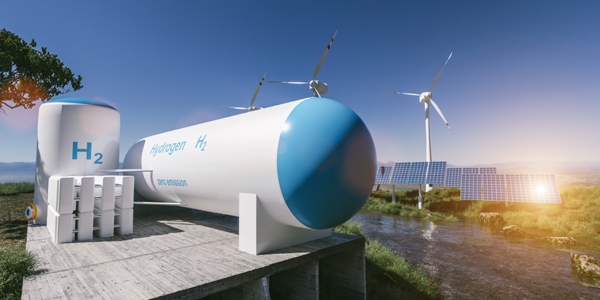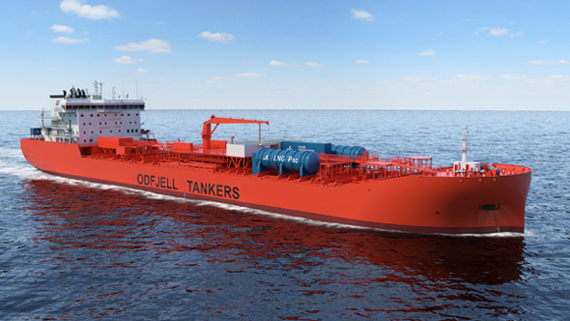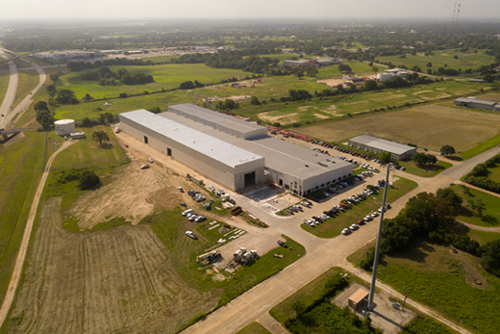
 The global catalyst market is expected to reach $56.7 billion in 2030
The global catalyst market is expected to reach $56.7 billion in 2030
Increasing demand for fuel products, stricter environmental regulations and technological advancements has further increased the demand for refining catalysts as refineries seek to improve their efficiency and competitiveness
The size of the refining catalyst market is projected to grow from $4.3 billion in 2023 to $7 billion by 2030 at a compound annual growth rate (CAGR) of 5 per cent during the forecast period.
Increased investment in refineries is one of the key factors driving the growth of the refining catalysts market.
Refining catalysts are widely used in the refining process to improve the efficiency and quality of fuels, reduce the environmental impact of refining, and maximise yield.
"The increasing rate of refinery production to get additional petroleum products such as gasoline, high-octane fuel, kerosene, diesel, and polymers are the key market drivers enhancing market growth," according to the Refining Catalyst Market Research Report by global market research company Market Research Future (MRFR).
The growing use of unconventional sources of crude oil, such as shale oil and tar sands, is also fueling the demand for refining catalysts, as these sources require specialised catalysts for efficient processing.Additionally, stricter environmental regulations introduced in many countries has further increased the demand for refining catalysts that can help reduce emissions and improve the sustainability of refining operations.
INSIGHTS INTO REFINING CATALYST TYPES
Refining catalysts fall into four broad categories: FCC catalysts, hydrotreating catalysts, hydrocracking catalysts, and catalytic reforming catalysts.
Of these, FCC catalysts segment held the majority share in 2022 and more than 42 per cent in 2021. They are expected to maintain its dominance during the forecast period as well.
FCC catalysts are used to convert heavy hydrocarbons into lighter, more valuable products such as gasoline, diesel, and other fuels.
On the other hand, based on ingredients, refining catalysts include zeolites, metals, and chemical compounds. Of these, the zeolites dominated the market in 2022 and is projected to be the faster-growing segment during the forecast period. Zeolite-based catalysts are commonly used in FCC, hydrocracking, and catalytic reforming processes.
GLOBAL MARKETS
The MRFR report cites the Asia Pacific region as the largest refining catalyst market in the world.
This can be attributed to several factors, including the growing demand for petroleum products in the region, the increasing number of refineries being built and expanded in countries such as China and India, and the implementation of stricter environmental regulations in the region.
The North Americas are the second largest market for refining catalysts, and expected to grow at the fastest CAGR from 2023 to 2030.
The US held the largest market share followed by Canada, which is also the fastest-growing market in North America.
The abundance of shale gas has led to a surge in demand for refined products such as gasoline and diesel, creating a need for more efficient refining processes that use refining catalysts.
Europe’s accounts for the third-largest market share of refining catalysts. It is also is home to some of the strictest environmental regulations in the world, and refineries must comply with these regulations to operate.
Refining catalysts can help refineries meet these regulations by reducing emissions and improving efficiency. Therefore, the demand for refining catalysts in Europe is also driven by the need to comply with environmental regulations.
Furthermore, Germany held the largest market share, and the UK refining catalyst market was the fastest-growing market in the European region.
Major market players are investing in R&D to increase their product lines, which will help the refining catalyst market grow further.
A key growth aspect in the global refining catalyst industry is that it could be headed toward local manufacturing to cut operating costs.
The major refining catalyst market players include Albemarle Corporation, W R Grace, Haldor Topsoe, Honeywell, Uop, Criterion Catalysts and Technologies, Axens, BASF, China Petroleum and Chemical Corporation, Clariant International, and Johnson Matthey.
OVERALL CATALYSTS MARKET
From a market size of $39 billion in 2021, the global catalyst market is expected to register a revenue CAGR of 4.3 per cent until 2030 to reach $56.7 billion.
Rising demand for refined petroleum products and petrochemicals as well as increasing demand for catalysts enabling conversion of bio-derived feedstock into industrially relevant chemicals, and increasing demand from the automobile industry due to shifting energy demands for alternative fuels including biodiesel are major factors driving market revenue growth, according to latest analysis by Emergen Research.
All petrochemical plants and refineries are built around catalytic processes. With ongoing technological advancements in catalyst manufacture, optimisation, and enhanced operational efficiency, the global market for catalysts is rising.
This pattern is particularly evident in the refining industry, where usage of catalytic procedures is continuously expanding.
As the need for polyolefins, polyesters, and polyurethanes rises, so will demand for catalysts for synthesis of petrochemicals and polymers.
In the past ten years, there has been a lot of funding and interest in research into catalytic conversion of feedstock derived from biomass into renewable fuels and chemicals.
Several recently created catalytic technologies have either been commercialised or are presently undergoing testing in fully operational pilot plants.
Solid catalysts are crucial to the success of chemocatalytic processes for production of high-value-added products such as biofuels, commodity chemicals, and innovative bio-based materials including bioplastics.
Many studies have been done on the production of biodiesel using homogeneous and heterogeneous catalysis.
New heterogeneous catalysts are continually being researched for their efficacy as an environment-friendly alternative for biofuel and biodiesel properties, which is expected to drive market revenue growth.
The homogenous catalysts systems segment accounted for a significant revenue share in 2021. Homogeneous catalysts are preferable to heterogeneous catalysts because they can carry out the reaction at softer conditions, have higher activity and selectivity, are simpler to spectroscopically monitor, and have controlled and tunable reaction sites.
By Abdulaziz Khattak










